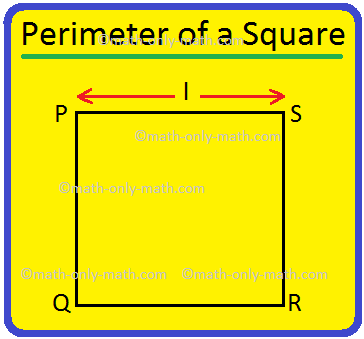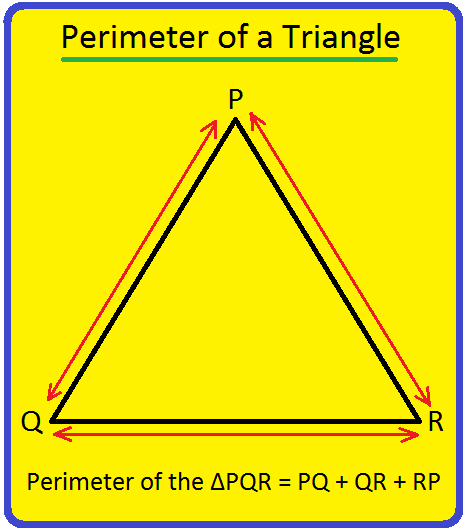Roots of a Complex Number
Root of a complex number can be expressed in the standard form A + iB, where A and B are real.
In words we can say that any root of a complex number is a complex number
Let, z = x + iy be a complex number (x ≠ 0, y ≠ 0 are real) and n a positive integer. If the nth root of z be a then,
\(\sqrt[n]{z}\) = a
⇒ \(\sqrt[n]{x + iy}\) = a
⇒ x + iy = a\(^{n}\)
From the above equation we can clearly understand that
(i) a\(^{n}\) is real when a is purely real quantity and
(ii) a\(^{n}\) is either purely real or purely imaginary quantity when a is purely imaginary quantity.
We already assumed that, x ≠ 0 and y ≠ 0.
Therefore, equation x + iy = a\(^{n}\) is satisfied if and only if a is an imaginary number of the form A + iB where A ≠ 0and B ≠ 0 are real.
Therefore, any root of a complex number is a complex number.
Solved examples on roots of a complex number:
1. Find the square roots of -15 - 8i.
Solution:
Let \(\sqrt{-15 - 8i}\) = x + iy. Then,
\(\sqrt{-15 - 8i}\) = x + iy
⇒ -15 – 8i = (x + iy)\(^{2}\)
⇒ -15 – 8i = (x\(^{2}\) - y\(^{2}\)) + 2ixy
⇒ -15 = x\(^{2}\) - y\(^{2}\) .................. (i)
and 2xy = -8 .................. (ii)
Now (x\(^{2}\) + y\(^{2}\))\(^{2}\) = (x\(^{2}\) - y\(^{2}\))\(^{2}\) + 4x\(^{2}\)y\(^{2}\)
⇒ (x\(^{2}\) + y\(^{2}\))\(^{2}\) = (-15)\(^{2}\) + 64 = 289
⇒ x\(^{2}\) + y\(^{2}\) = 17 ................... (iii) [x\(^{2}\) + y\(^{2}\) > 0]
On Solving (i) and (iii), we get
x\(^{2}\) = 1 and y\(^{2}\) = 16
⇒ x = ± 1 and y = ± 4.
From (ii), 2xy is negative. So, x and y are of opposite signs.
Therefore, x = 1 and y = -4 or, x = -1 and y = 4.
Hence, \(\sqrt{-15 - 8i}\) = ± (1 - 4i).
2. Find the square root of i.
Solution:
Let √i = x + iy. Then,
√i = x + iy
⇒ i = (x + iy)\(^{2}\)
⇒ (x\(^{2}\) - y\(^{2}\)) + 2ixy = 0 + i
⇒ x\(^{2}\) - y\(^{2}\) = 0 .......................... (i)
And 2xy = 1 ................................. (ii)
Now, (x\(^{2}\) + y\(^{2}\))\(^{2}\) = (x\(^{2}\) - y\(^{2}\))\(^{2}\) + 4x\(^{2}\)y\(^{2}\)
(x\(^{2}\) + y\(^{2}\))\(^{2}\) = 0 + 1 = 1 ⇒ x\(^{2}\) + y\(^{2}\) = 1 ............................. (iii), [Since, x\(^{2}\) + y\(^{2}\) > 0]
Solving (i) and (iii), we get
x\(^{2}\) = ½ and y\(^{2}\) = ½
⇒ x = ±\(\frac{1}{√2}\) and y = ±\(\frac{1}{√2}\)
From (ii), we find that 2xy is positive. So, x and y are of same sign.
Therefore, x = \(\frac{1}{√2}\) and y = \(\frac{1}{√2}\) or, x = -\(\frac{1}{√2}\) and y = -\(\frac{1}{√2}\)
Hence, √i = ±(\(\frac{1}{√2}\) + \(\frac{1}{√2}\)i) = ±\(\frac{1}{√2}\)(1 + i)
11 and 12 Grade Math
From Root of a Complex Number to HOME PAGE
Didn't find what you were looking for? Or want to know more information about Math Only Math. Use this Google Search to find what you need.
Recent Articles
-
Perimeter of a Square | How to Find the Perimeter of Square? |Examples
Apr 25, 24 12:54 PM
We will discuss here how to find the perimeter of a square. Perimeter of a square is the total length (distance) of the boundary of a square. We know that all the sides of a square are equal. Perimete… -
Perimeter of a Triangle | Perimeter of a Triangle Formula | Examples
Apr 25, 24 12:53 PM
We will discuss here how to find the perimeter of a triangle. We know perimeter of a triangle is the total length (distance) of the boundary of a triangle. Perimeter of a triangle is the sum of length… -
Dividing 3-Digit by 1-Digit Number | Long Division |Worksheet Answer
Apr 24, 24 03:46 PM
Dividing 3-Digit by 1-Digit Numbers are discussed here step-by-step. How to divide 3-digit numbers by single-digit numbers? Let us follow the examples to learn to divide 3-digit number by one-digit nu… -
Symmetrical Shapes | One, Two, Three, Four & Many-line Symmetry
Apr 24, 24 03:45 PM
Symmetrical shapes are discussed here in this topic. Any object or shape which can be cut in two equal halves in such a way that both the parts are exactly the same is called symmetrical. The line whi… -
Mental Math on Geometrical Shapes | Geometry Worksheets| Answer
Apr 24, 24 03:35 PM
In mental math on geometrical shapes we will solve different type of problems on simple closed curves, polygons, basic geometrical concepts, perpendicular lines, parallel lines, circle, terms relates…




